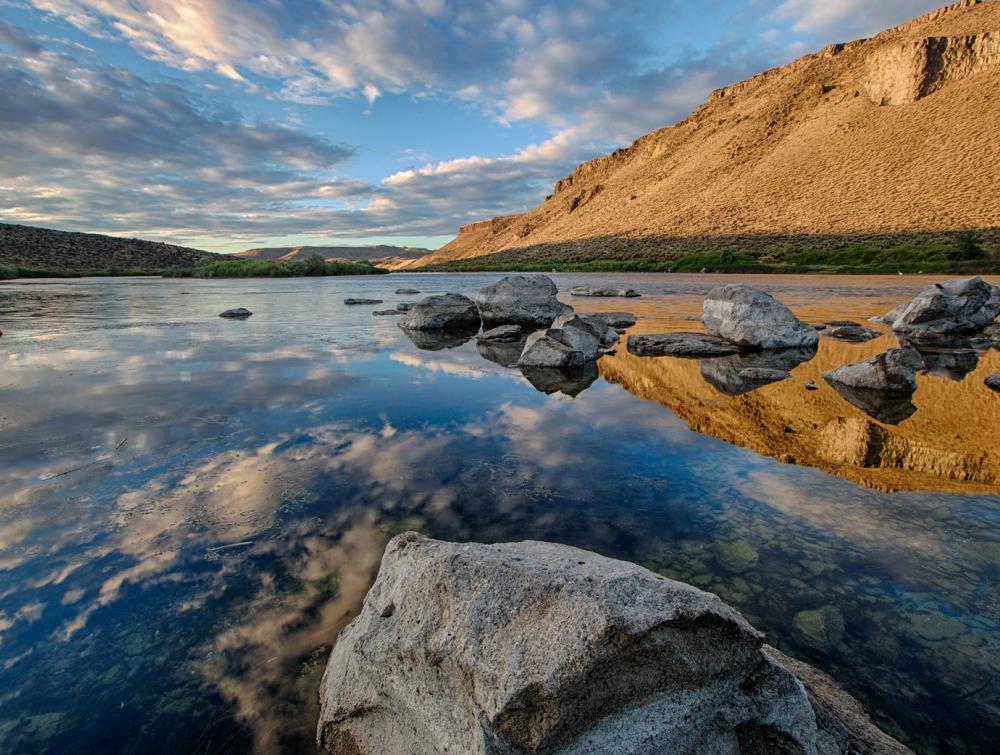BLM Lands FAQs

Bob Wick, BLM
Understanding the complexity of the Bureau of Land Management (BLM) can be a challenge.
Q: What is the BLM?
A: The Bureau of Land Management is a division of the U.S. Department of Interior that oversees more than 245 million acres of public lands – more land than any other government agency. The BLM’s responsibilities include managing the 27 million-acre National Landscape Conservation System and managing about 700 million acres of underground minerals like oil, gas and coal.
Q: What is the BLM Action Center?
A: The Wilderness Society's BLM Action Center works with partner groups, local communities and the public to push the BLM toward conservation goals. We do this by engaging in the agency’s decision making process. The Action Center provides direct support, offers training workshops and serves as a clearinghouse for information about BLM land use planning and policy.
Q: What are some uses for BLM lands?
A: BLM lands are mandated by law to have multiple uses. These include:
- conservation
- recreation, including hiking and biking
- energy development
- fishing
- protection of natural, cultural and historical resources
Q: Why does the BLM manage some of its lands as the National Landscape Conservation System?
A: The National Landscape Conservation System, sometimes called our Conservation Lands, includes some of the BLM’s most remarkable landscapes and wildlife and water ecosystems. These lands also feature natural and cultural resources, including artifacts, rock art, ruins and fossils.
The National Landscape Conservation System was created in June 2000 to conserve, protect and restore the BLM’s nationally significant resources for future generations. The system now has nearly 900 units encompassing 27 million acres of wilderness areas, national monuments, trails and waterways — each designated by congressional act or presidential proclamation.
Q: Where are BLM lands located?
A: Most BLM lands are in Western states, including:
- Alaska
- Arizona
- California
- Colorado
- Idaho
- Montana
- Nevada
- New Mexico
- Oregon
- Utah
- Wyoming
